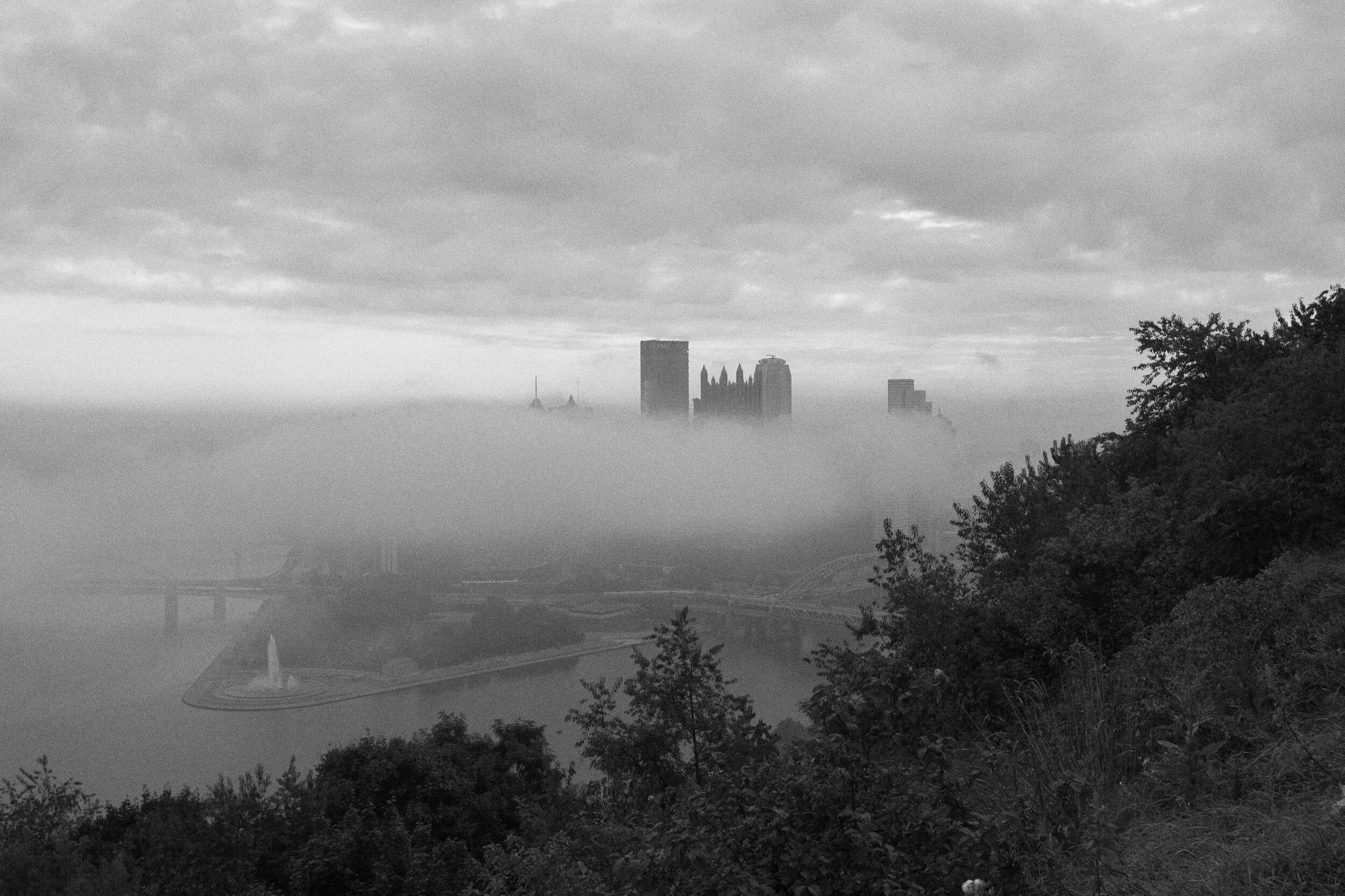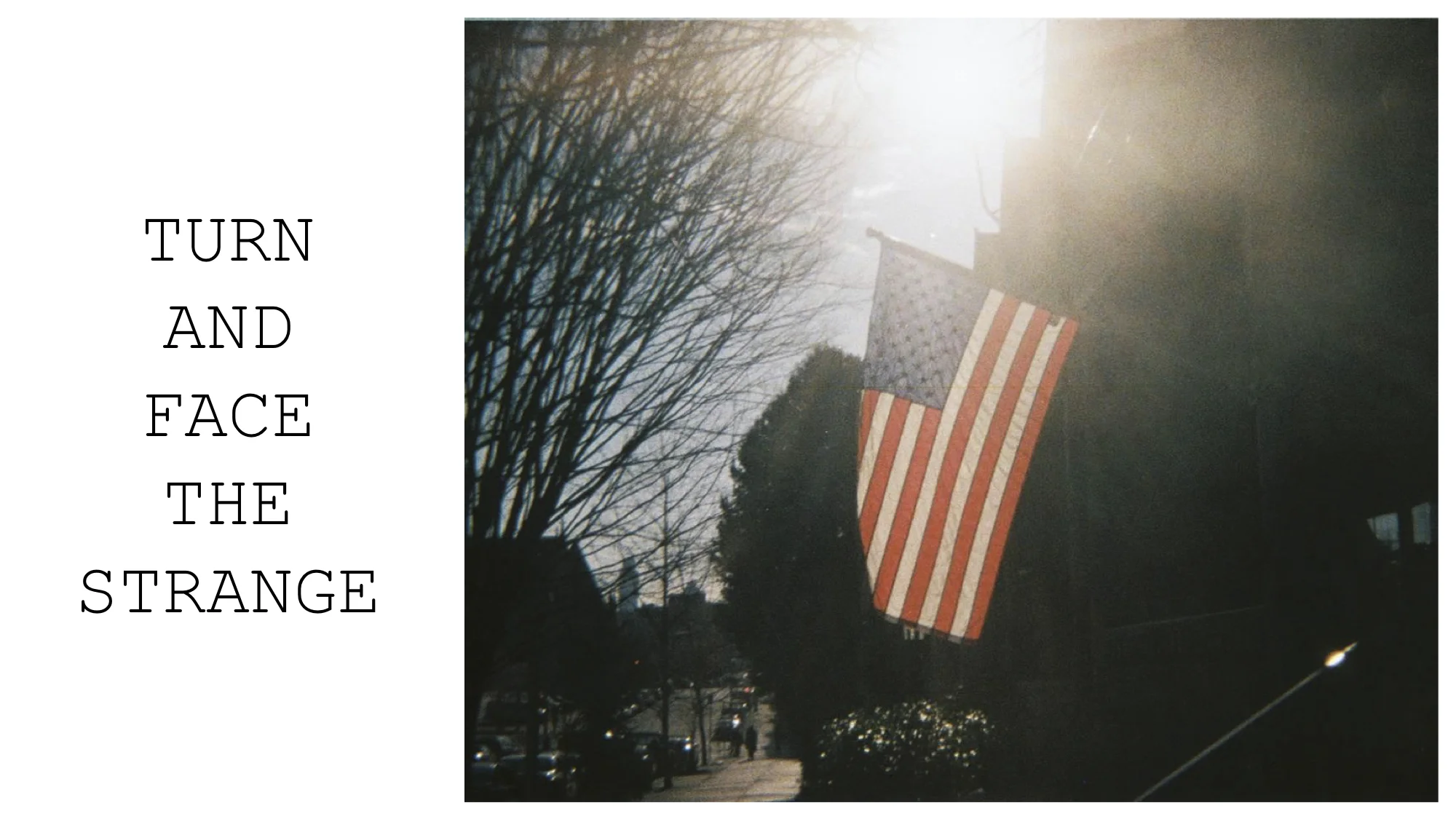Promised Land: Tom Souzer
PC: Tom Souzer
Andrew D. McClees (ADM): For those in the audience who aren't familiar, can you introduce yourself, and talk a little bit about what the focus of your work is, generally speaking?
Tom Souzer (TS): I’m Tom Souzer, I live and make photos In and around the Pittsburgh area. I mainly focus on people, emotions, funny interactions, and the strange things that happen that people may not always notice. So I guess to answer your question I basically just take photographs that make me feel something.
ADM: You put out a really great zine this year: "Promised Land Vol.2" I take it that it's an ongoing series or project? Can you talk about what "Promised Land" is as a project, and how you go about selecting images for it?
PC: Tom Souzer
TS: Thanks man! Yeah so Promised land Vol. 2 is the second one I’ve put out. I didn’t initially plan to have multiple volumes but I just really dug the name and I think it’s an interesting way to describe the world we live in. So promised land “strange daze” was a look at all the weird, funny, and sad shit I see on a daily basis. So I thought the name was fitting. The title for me can be looked at 2 ways. For me most days I try to mentally remove myself and look at situations as an outsider never seeing anything like earth before. I did this so often I sometimes felt like I was walking around in this weird daze. So I decided to change “days” to “daze”. In the literal sense it’s just strange days but I kind of feel like it has a deeper meaning for me if that makes sense? The image selection process is stressful but also fun. I usually go through my files on the computer, xerox print them, and then go through laying them out. I only say stressful because I’m insane and will change the layout so many times and then I will change it up again if I think It’s needed after I lay everything out on the computer.
PC: Tom Souzer
ADM: You're based out of Pittsburgh, how would you say your city has influenced your work, is there a natural character to the city that you're trying document or capture in your practice?
TS: I love Pittsburgh although it’s a tough city to shoot in. It’s small and the originals are starting to disappear, the buildings are changing, and the tech/health companies seem to be taking over everything. So I think in that aspect it’s influenced me to be out there as much as possible taking photos as much as I possibly can. The downtown area is mostly where I focus on making photos but I normally have the camera with me wherever I am just in case.
ADM: One of the reasons I started following you on Instagram was for the black and white that you shoot, and the specific tone/contrast that you use. Is there a reason that you shoot in BNW exclusively?
PC: Tom Souzer
TS: Thanks man! I used to shoot in color but it never looked right to me really. I like the grittiness, timelessness, and general feel that it gives an image. It’s less distracting in my opinion and lets me or the viewer to focus on the person, scene, or situation I’m photographing.
ADM: Are you working on putting together a new zine right now, or do you have a new project incoming any time soon?
TS: Project wise I’m always trying to work on something. I don’t get to travel much really so I’m just always shooting what’s around me, Just documenting things and thinking of zine ideas - Don Standing (@donstanding) and I are going to do a split zine together at some point (If you don’t know him check his work out!), the collective I’m a part of (@diffusecollective) is going to be releasing a zine soon, and I’m working on something for Tour Dogs (@tourdogs) as well. I’m also going to be putting a new zine/book out in the new year. Not sure what it’s going to be called but it will be hand bound and will have a mix of shots from the last 5 years of photographing Pittsburgh and the surrounding areas.
PC: Tom Souzer
ADM: What advice can you give to anyone looking to get into street photography, especially if they're not in city like Pittsburgh?
TS: I would say just go wander the streets and shoot photos that make you feel something. Talk to people, hang on a corner, learn your camera, look at books, and have fun. You can make photos anywhere even if you live in the middle of nowhere.
ADM: That’s really solid advice! Thanks for taking the time to do this interview.
Where can people find your work, and pick up copies of Strange Daze?
TS: I’m on Instagram @tomsouzer and my website is www.tomsouzer.com
Thanks for the questions man! Enjoyed answering them.











